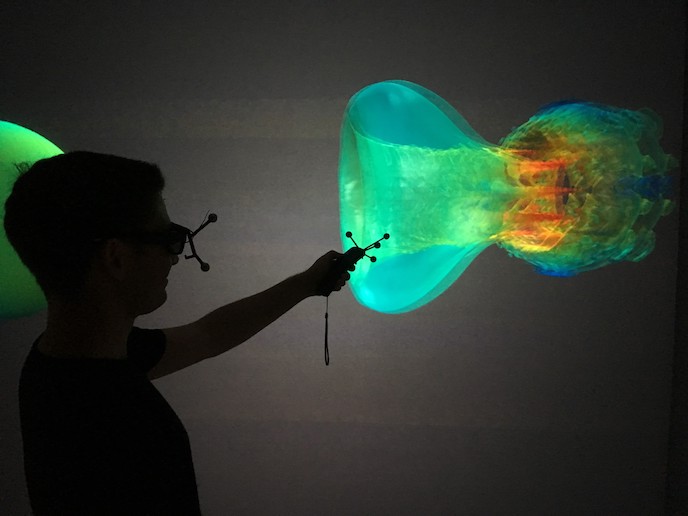A new paradigm in multi-physics simulations
Many real-world systems involve complex interactions between fluids – gas or liquid – and solid phases or structures. Examples are found in diverse fields such as the pharmaceutical industry, the food and processing industry, mining, construction and electricity generation from renewable energy sources. Everyday products like renewable fuels and even coffee depend on solid knowledge of the underlying physics of processes involved in their production. Simulations of multi-component systems are as old as simulations themselves. However, they deserve a fresh start in light of the steadily increasing capacity of supercomputers and greater aspirations for scientific prediction and engineering design. Research carried out in the EU-funded AMST(opens in new window) (Advanced multi-physics simulation technology) project provided an innovative approach to multi-physics simulations. Professor Bernhard Peters from the Université du Luxembourg, coordinator of the project, explains that 'the extended discrete element method (XDEM) for multi-physics and multi-scale simulations has its roots in thermal waste treatment that was investigated earlier into at the Karlsruhe Institute of Technology (KIT), Germany. XDEM forms the basis for an advanced simulation platform combining flexibility and versatility to establish the next generation of multi-physics and multi-scale simulation tools.' XDEM extends the dynamic behaviour of granular solid materials and particles as described by the classical discrete element method by estimating their thermodynamic state. In addition to the thermodynamic state of each particle, which includes changes in temperature and species distribution because of chemical reactions and external heat sources, stress and strain fields, are predicted. Professor Peters adds that 'the new simulation platform relies on coupling various predictive tools based on both Eulerian and Lagrangian approaches. The Eulerian approach represents simulation models [considering all phases as a continuum on a macroscopic level.] Such continuum models include computational fluid dynamics and finite element analysis. On the other hand, the Lagrange approach is suited to discrete phases.' He notes that 'the scientifically sound implementation of the XDEM method was accompanied by the development of a graphical user interface that serves as a pre-processor for the XDEM solver.' The AMST simulation platform was possible thanks to a fruitful collaboration between the Université du Luxembourg and the German small to medium-sized enterprise inuTech with complementary expertise in simulating physics-based problems and software design. The AMST project has closed a technological gap and contributed to the advancement of multi-physics research in Europe. Simulating the behaviour of multi-component systems helps scientists and engineers to analyse experimental data and unveil the underlying physics. With these theoretical insights complementing empirical knowledge, our understanding of multi-physics can be considerably broadened.







